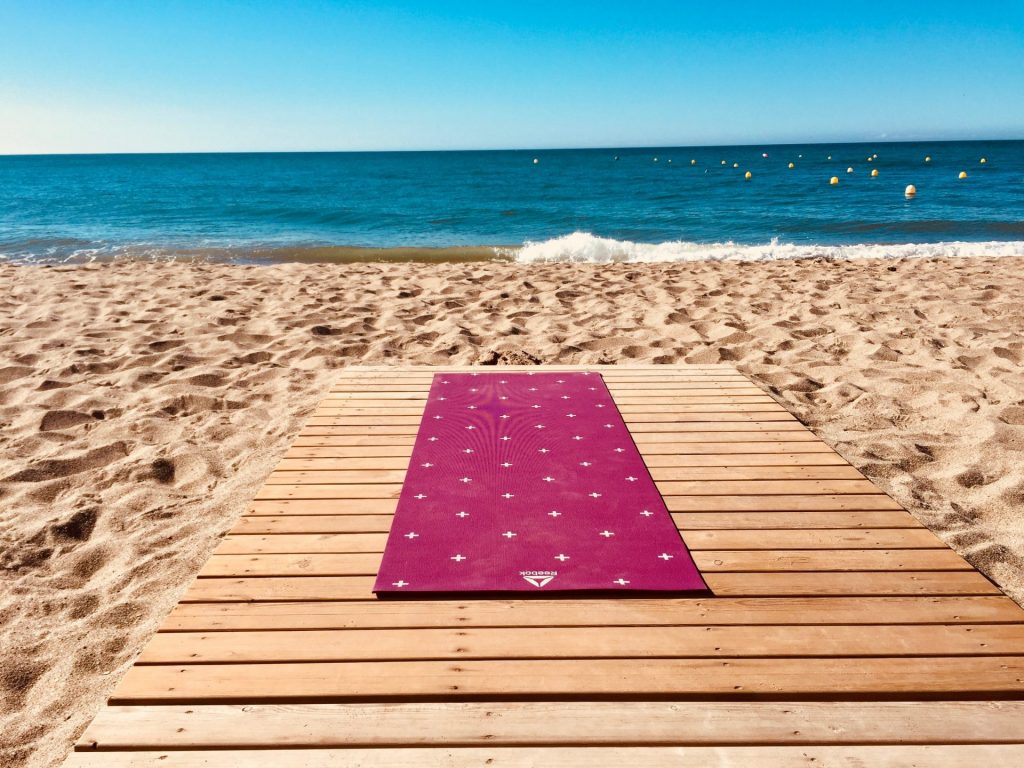
Is there a link between a 21st Century yoga practice and harm to the environment? Most yoga practitioners are eco-aware and yet many aspects of the 21st century yoga practice could harm the environment. So what can you do to avoid harmful actions?
Yogis are generally caring, connected and eco-aware. Committed practitioners make a conscious effort to practice ‘ahimsa’ or non-violence. Yet, it might be that a 21st century, yoga causes harm to the environment. We wanted to share why this is happening and to empower you to make more conscious choices.
Yoga Mats
36 million yoga mats are purchased each year: enough to encircle the earth 1.6 times. Half of all yoga mats bought each year are made of PVC. Its production is highly energy intensive, uses chlorine gas and produces dioxins. PVC takes hundreds if not thousands of years to fully break down in landfill, all the time leaching chemicals into the ground and if incinerated produces highly toxic fumes. PVC mats are seldom recycled: it makes little economic sense and is too challenging a material.
What about the other half of mats bought each year? Many of these claim sustainable credentials. Rubber, cork and jute are certainly more natural, but they can also carry a high environmental impact including deforestation and water contamination. However, they offer a much better alternative than using a mat made of synthetic materials.
Can you imagine doing yoga without a mat?
Modern yoga postures can be tricky without using a mat but you can think about how to reduce the harm. If it’s possible, buy fewer mats. When buying a mat be sure to check out what it’s made of. If you are buying a mat made of natural materials, make sure they have come from sustainable sources. Plastic free delivery materials are always a good thing. And finally, do consider how much you need your mat. There are some yoga practices you can do without your mat: using your mat less will mean it won’t wear out as quickly. Why not try this class: ‘Get Off Your Mat’ from Naomi Absalom.
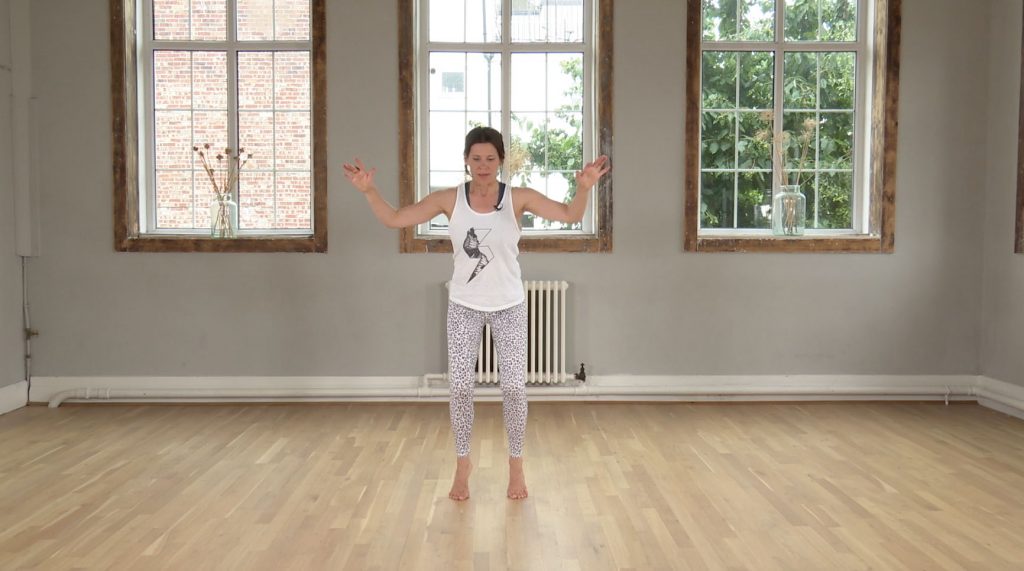
Yoga Props
How many props do you need to ensure your yoga practice is sustainable? Yoga props are a good thing, but stop for a moment and think about whether you need to use specially manufactured items. You probably already own great substitutes. Pillows and cushions can do double duty as bolsters. Do you need a ‘special’ blanket for yoga? And, books, tins and belts are brilliant substitutes for props. In this video Adrianna gives lots of ideas for using what you have at home:
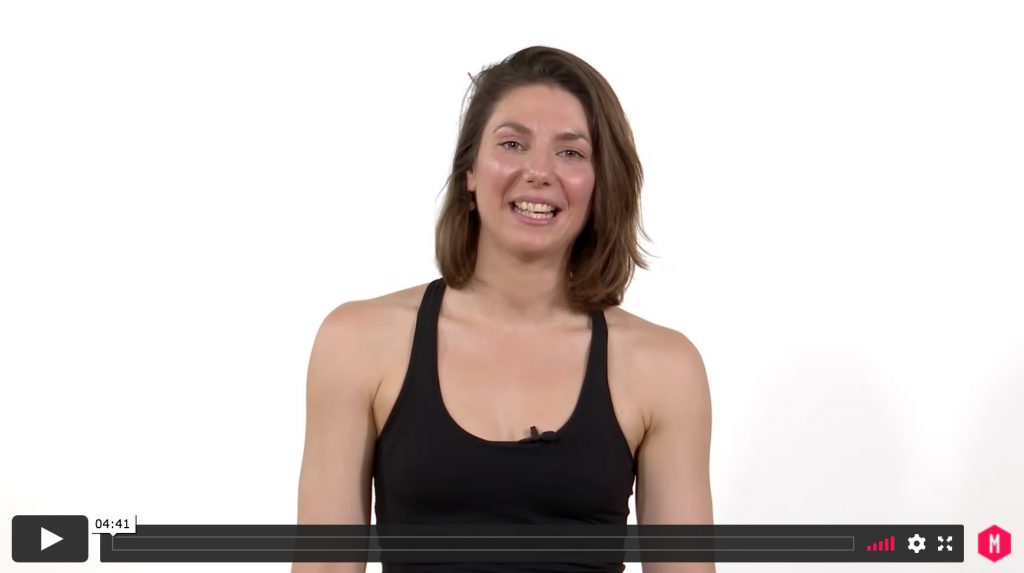
Yoga Clothes
A lot of ‘high-performing’ leisure wear sheds millions of microfibres in every wash. Microplastic beads have been banned in cosmetics but yoga leggings, fleeces and other athleisure items are responsible for polluting the oceans. A report from the Nature Conservancy reveals that over 120 million kilos of microfibres are shed in the manufacture of synthetic textiles. So this is even before it has a chance to hit your washing machine.
Cotton clothes seem to be the answer. Here again, though, it would seem that more discrimination is needed. Organic textiles build healthy soils, prevent water contamination and combat climate change. The fashion industry is responsible for 10% of global carbon emissions more than international flights and shipping combined.
This class from Mimi will help you to feel connected to the environment:
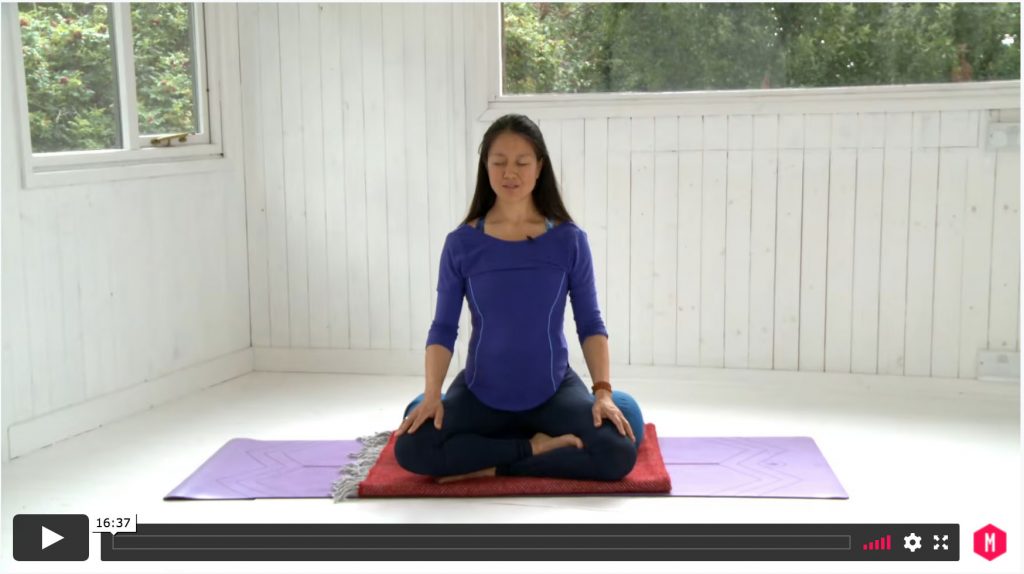
5 things you can do:
Here are 5 ways you can ensure that your yoga practice doesn’t harm the environment:
- Check the materials that your new yoga mat and props are made of. Avoid PVC.
- Buy products made from natural or organic materials
- Buy less and use what you already have more
- Use a guppy bag or microfibre filter when washing synthetic textiles
- Recycle or upcycle what you no longer need rather than throwing it away
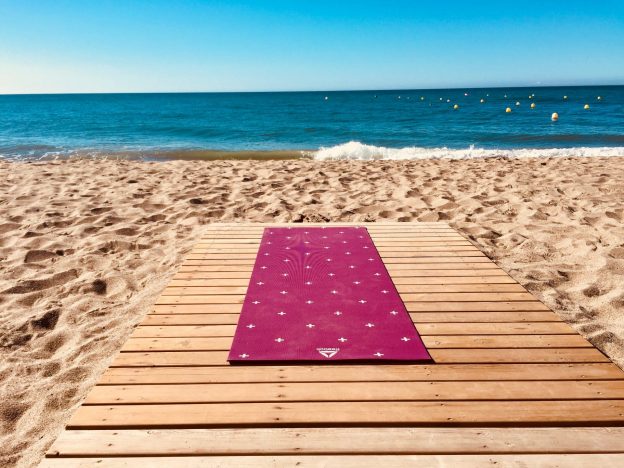




Leave a Reply